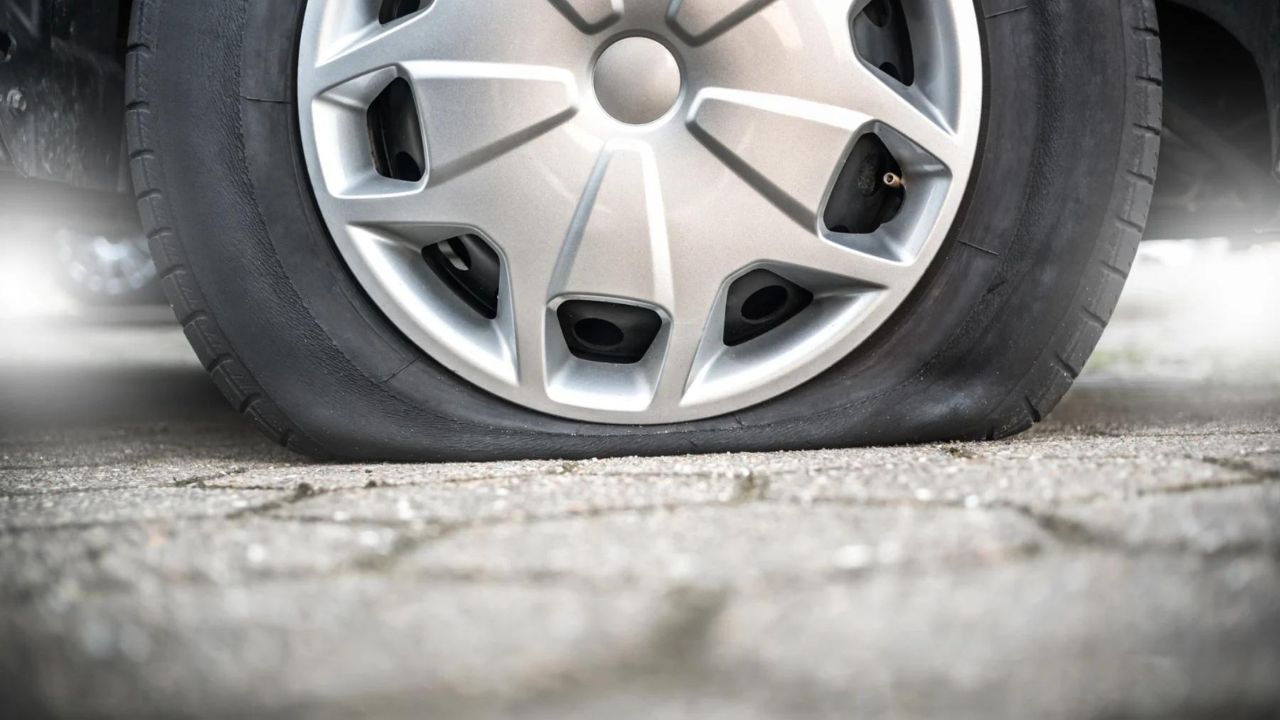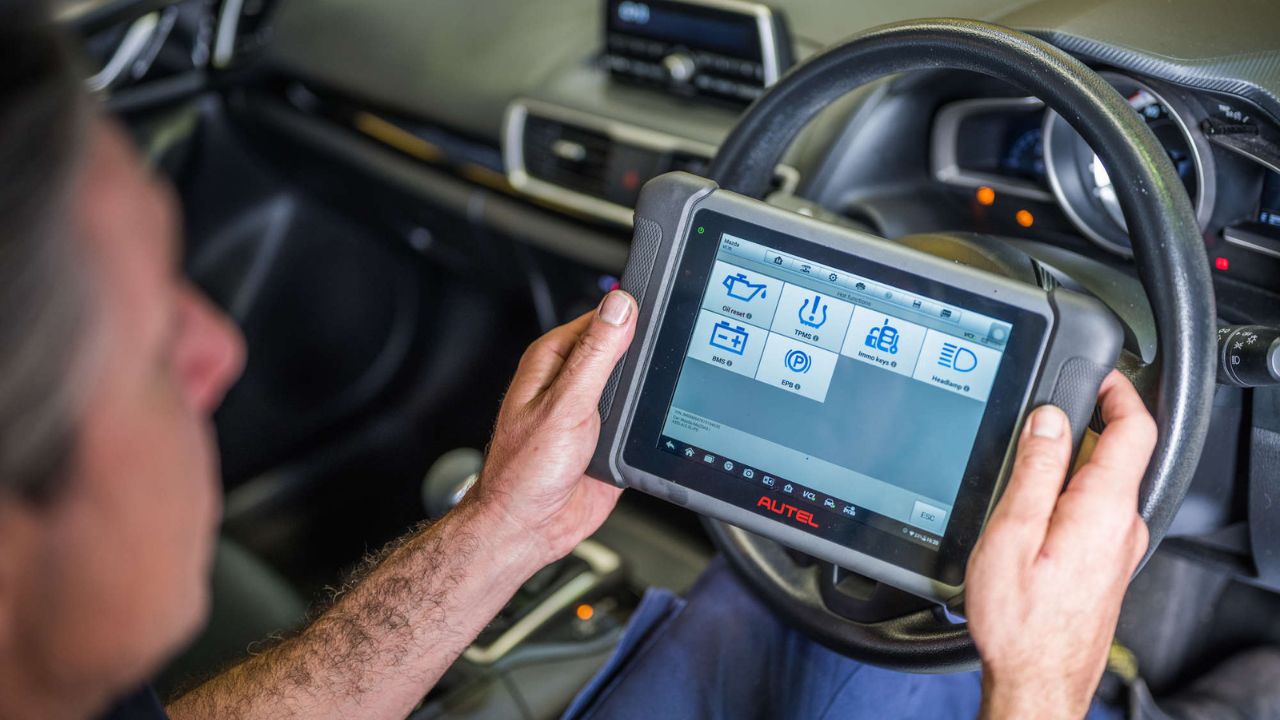How to Check Coolant Level: Essential Steps for Maintaining Your Vehicle
Tools Needed for Checking Coolant Level
Before you begin checking your coolant level, gathering the right tools is crucial to ensure the process runs smoothly and efficiently. Here’s a detailed list of items you’ll need, along with step-by-step instructions on how to use each tool effectively:
1. Coolant Level Tester
- Purpose: A coolant level tester is a vital tool that allows you to assess both the coolant’s level and its condition. It helps you determine if your coolant is still effective or if it needs to be replaced or topped up.
- How to Use:
- Remove the Coolant Reservoir Cap: Ensure the engine is cold before removing the cap to prevent burns from hot coolant or steam.
- Insert the Tester: Dip the tester into the coolant reservoir, allowing it to fill.
- Read the Tester: Check the markings on the tester to see if the coolant is within the recommended protection level (typically displayed in degrees Fahrenheit or Celsius).
- Interpret Results: If the reading indicates that the coolant is weak or ineffective, it may need replacement.
2. Clean Rag or Cloth
- Purpose: A clean rag or cloth is essential for wiping down spills and cleaning the area around the coolant reservoir, ensuring accurate readings and preventing contamination.
- How to Use:
- Wipe Down the Reservoir: Before checking the coolant level, use the rag to wipe any dust or debris from the coolant reservoir cap and surrounding area.
- Clean Spills: If any coolant spills while you’re checking or adding coolant, use the rag to clean it up promptly to avoid slipping hazards.
- Ensure Accuracy: By keeping the area clean, you can be sure that no dirt or contaminants enter the coolant system, which can affect performance.
3. Funnel
- Purpose: A funnel is a simple yet crucial tool that helps you pour coolant into the reservoir without spilling it everywhere, maintaining cleanliness and preventing loss of coolant.
- How to Use:
- Select the Right Funnel: Choose a funnel that fits snugly into the opening of the coolant reservoir to minimize spills.
- Position the Funnel: Place the funnel securely in the coolant reservoir opening.
- Pour the Coolant: Slowly pour the appropriate type of coolant into the funnel. This allows for a controlled flow into the reservoir without spilling.
- Remove the Funnel: After adding the coolant, carefully remove the funnel and clean it if needed to ensure no residual coolant spills onto other engine components.
4. Owner’s Manual
- Purpose: The owner’s manual contains specific instructions and guidelines tailored to your car model, making it an invaluable resource for checking coolant levels correctly.
- How to Use:
- Locate the Manual: Find your vehicle’s owner’s manual, which is usually in the glove compartment or can be downloaded online if lost.
- Refer to the Coolant Section: Look for the section that details the coolant system, often found in the maintenance or service sections of the manual.
- Follow Model-Specific Instructions: Pay attention to any specific instructions regarding the type of coolant to use, the recommended mixture ratios, and any unique procedures for your vehicle model.
- Consult Troubleshooting Tips: If you encounter any issues or uncertainties, the manual may also offer troubleshooting tips specific to your vehicle.



Post Comment